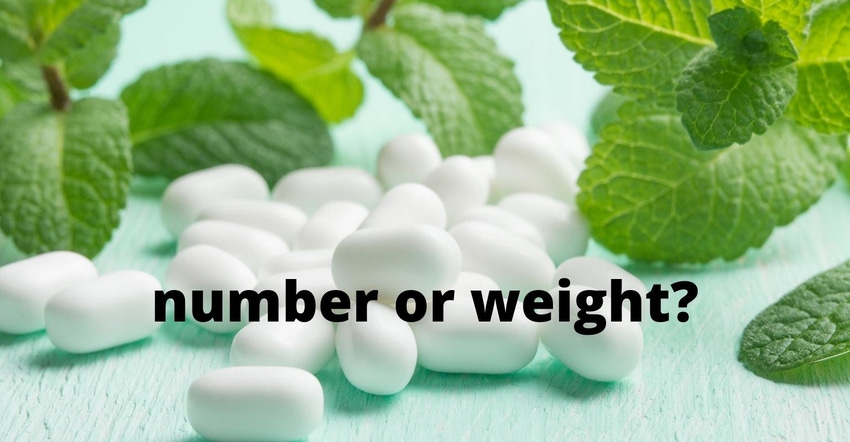Should You Fill by Count or by Weight?
How much product does your label say is inside the package? This could severely impact costs of capital expenditures, as well as costs and simplicity of packaging machinery operation and maintenance.
March 9, 2022

Back in the 80s and 90s I did some work with a company that makes a popular breath mint.
The product label claimed that each package contained 30 mints. If the label claims 30 mints, there need to be 30 — not 29, not 31 — mints in each package.
This required counting machines as are common in pharmaceutical for tablets which are sold by count. The machines are quite a bit more complex. They are more expensive to buy and operate than other filling technologies.
The manufacturer’s main national competitor sold similar mints in similar packages. Their label, instead of claiming 30 mints, claimed “1 ounce, approximately 30 mints.”
This allowed them to fill by weight instead of count. It allowed them to use scale fillers instead of counters. Much simpler to run; much less expensive to buy and maintain.
When you are developing a new product, do you consider how your label claim will impact your equipment design and cost?
You must. Otherwise, you may wind up making your process more expensive than it needs to be.
About the Author(s)
You May Also Like


